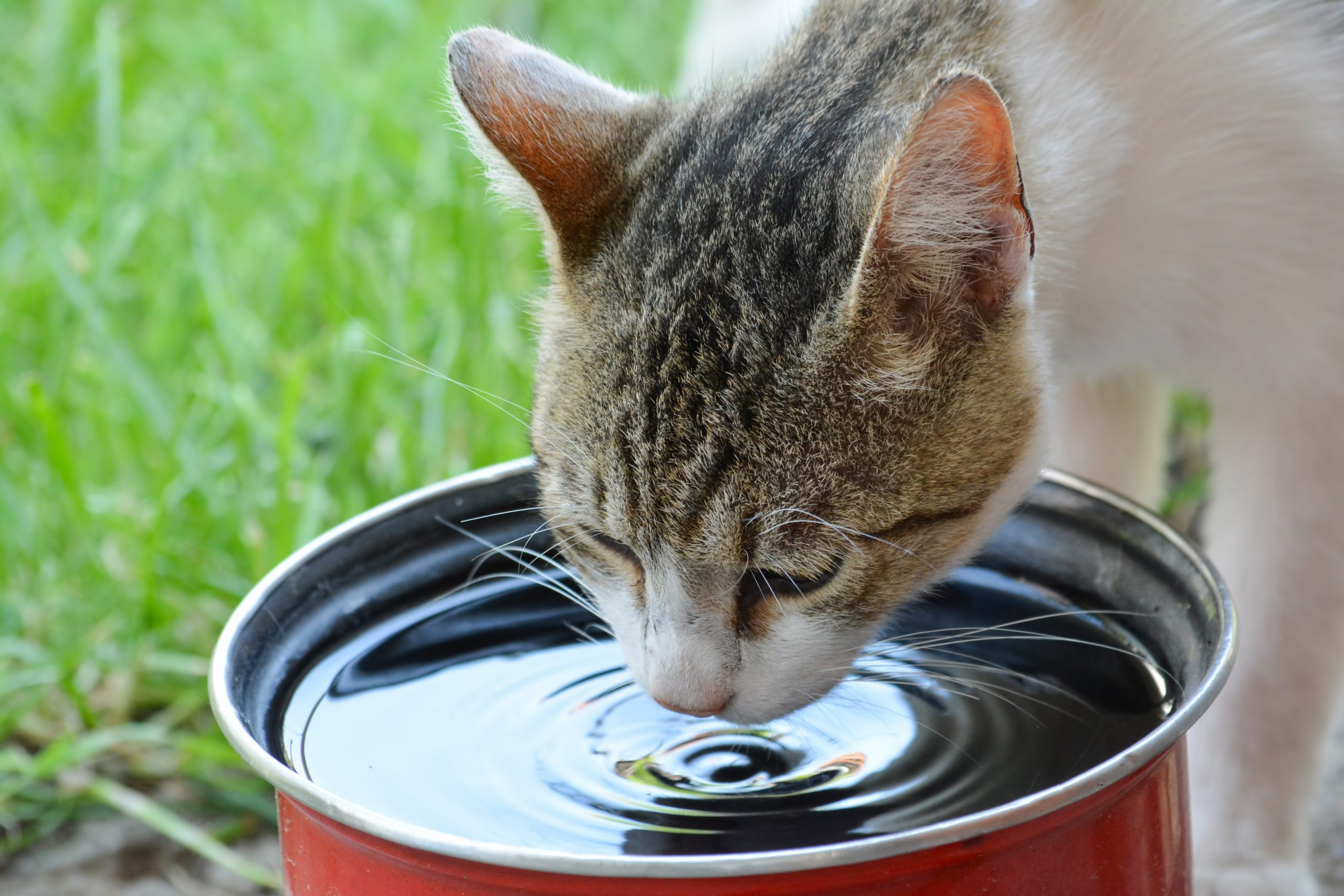
Keep Your Pets Hydrated
Pets need to drink water to stay healthy, but it can be challenging to keep your pets hydrated. Good hydration is important as it promotes healthy organ and cellular functions, aids the digestive system, and helps blood circulate oxygen throughout the body. We’ve put together some helpful tips on hydration for dogs and hydration for cats to keep your furry friends healthy all year round.
How Much Water Do Pets Need?
As a general rule, dogs require at least one ounce of water per day for each pound of body weight. In contrast, a 10-pound cat needs around 1 cup per day of water. Cats and dogs both need different amounts of water depending on their age, size, overall health, and type of diet, and therefore should always have access to fresh, clean water day and night. Dogs and cats eating a primarily dry food diet need more water than those eating a wet/canned food diet.
Hydration for Dogs
We’ve all heard the saying, “A dog is a man’s best friend.” But behind those big brown eyes and wagging tails are delicate animals that rely on us for their well-being. One of the most important things we can do for our furry friends is keep them hydrated by providing clean, fresh water.
There are a number of reasons why it’s important to keep your dog well hydrated, especially during the hot months. The most obvious is that it helps prevent overheating and potentially life-threatening heatstroke. Being properly hydrated also helps protect your dog’s kidneys, which can be damaged by dehydration. An easy way to ensure that your dog is getting enough water is to check the color of his urine. It should be pale yellow in color. If it’s too dark or smells strongly like ammonia, you should consult your vet.
Here are some tips to help you keep your dog well hydrated:
- Keep water available at all times. Your dog needs access to fresh, clean water every day, especially when it’s hot or they have been active. Make sure there’s always a bowl full of water in an accessible location. Add some ice cubes for a special treat!
- Monitor the bowl and refill as needed. Check your dog’s water bowl often during the day and refill it as necessary. Lift it up — a light bowl will feel empty no matter how much water is inside. If you refill regularly, you won’t need to change out old water as often (just remember to clean the bowl periodically).
- If your dog’s water bowl is outside or your dog spends time outdoors in warm weather, find a shady spot for a water bowl, and remember to change the water frequently.
- When you’re traveling with your dog, always keep some extra water on hand along with a collapsible bowl. Make sure your dog has access to fresh water in the car, especially if you’re traveling in hot weather. Some dogs are reluctant to drink, so put the water bowl on the floor, and be sure to give them fresh water at each stop.
Hydration for Cats
Has your cat been licking you or other objects around the house more than usual? It might be a sign that she needs more water in her diet. Although most cats can get the water they need by eating wet foods, some cats don’t drink enough, so you may need to encourage them to drink fresh water. The problem? Cats can be very finicky when it comes to drinking water. Here are a few more ways to encourage your cat to be more of a water drinker:
- Put a few bowls of water in different places around the house. Some cats like to have a drink while they’re outside, so you might put one on a windowsill or balcony.
- Use only stainless steel, ceramic, or glass bowls. Plastic ones can harbor bacteria and leave a strange taste in the water that can turn off some cats.
- Make sure the bowl is cleaned daily and filled with fresh water. Even trace amounts of soap or detergent can make cats refuse to drink from that bowl again.
- If your cat prefers running water, get a pet water fountain. Not only will the running water attract the cat, but the circulating action helps keep the water clean and cool.
We’ll wrap up by reemphasizing the importance of regular water consumption for both dogs and cats. Always be on the lookout for any changes in their behavior or activity level. These can be early signs that something is wrong, so if you detect them, don’t wait to seek professional help.
Find an AZPetVet location near you.
Concerned about dehydration in pets? Visit our blog on Pet Dehydration Symptoms & Prevention. If you suspect your pet is dehydrated, don’t wait. Call your vet.

